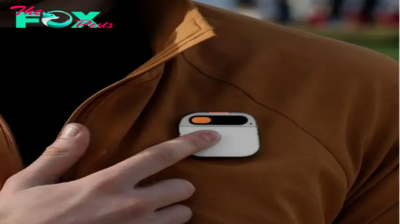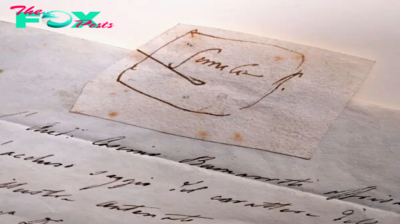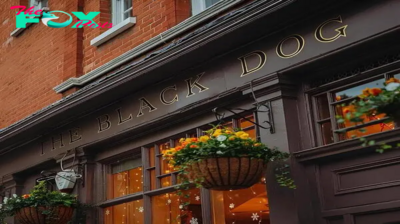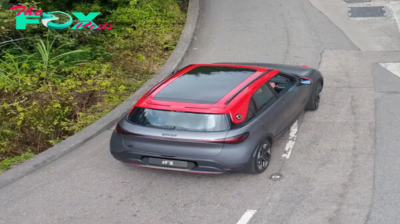Lifestyle
A Mind of Its Own: Alex Israel and Sougwen Chunng on AI Art
What role, if any, should artificial intelligence play in the world of art and content creation? Prestige asks AI-art experts Alex Israel and Sougwen Chung.
As soon as artificial intelligence become easily accessible through the likes of ChatGPT, DALL•E 2 and Midjourney, it began raising endless questions about how humanity can co-exist with the ever-expanding and evolving digital realm. And when it comes to art, the questions become even more pertinent.
Although it can be used as a tool, AI is increasingly being utilised to create end products, which are then sold and credited to the artist using the technology. To what extent can creators claim ownership over these works? Will AI completely take over human artists? Should we fear this technology? To answer these questions, we sought the help of American multimedia artist Alex Israel and Canadian-born Chinese artist and researcher Sougwen Chung.

“As artists, our humanness is our currency,” explains Israel, whose REMEMBR, a collaborative project with BMW, is being shown in Hong Kong during Art Basel. “So far, I’m not too worried. Of course, that could change if AI reaches a stage of consciousness and becomes a force for invention and creativity, rather than the tool of mimicry it is today.”
For the Los Angeles-based artist, this ability to mimic but not invent plays a crucial role in why he believes AI is more of a means to an end and not an end in itself. You can see this reflected in his forthcoming exhibition, in which AI curates and edits reels based on the photos and videos you have on your camera roll. Instead of inventing its own art, the Technology merely takes what we already have and churns out another version of it, albeit a more immersive, lively and enticing one.
“Artificial intelligence can help us get through a lot of busy work with incredible speed,” Israel adds. “And it opens the door to new possibilities. For example, in the case of REMEMBR, how it so quickly and efficiently curates and edits each user’s content into video clips to present across our seven screens, to the beat of our musical score. This is something we’d never have been able to accomplish live with such quick turnaround, without the benefit of AI technology.”

Because of the way in which Israel approaches and uses AI, he sees no issue with claiming ownership over the work he’s produced through the technology. “As much as is needed, so long as the artwork is interesting,” he replies when I ask what level of AI involvement in an art project is acceptable for the work to still be considered his. In fact, he believes the more AI is involved, the more our understanding of art can evolve.
“I have a hunch – and maybe this is wishful thinking – that its power of mimicry will push art and artists in a new direction,” he says excitedly, “freed from mimicry, remixing and synthesising existing styles and tropes, and instead moved towards inventing entirely new ones.”
Israel’s optimism towards artificial intelligence and its involvement with art is shared by Chung, whose work with Art Month Hong Kong and the Digital Art Fair is also arriving here. Unlike Israel, however, who uses AI as a tool to create what otherwise couldn’t have been humanly possible – or at least in a short time frame – Chung, as a former researcher at the MIT Media Lab, focuses more on her own AI datasets and systems, which then execute her art through mechanical arms or other machines.

Her unique approach, which recently earned her a place on the Time 100 list, enables Chung to explore how humans and machines can co-exist and what that relationship looks like, concepts she’s thought about since she was young. “I’ve always seen art and Technology as very natural, complementary halves of a whole,” she says. “I think it might be because my mother is a computer programmer and my father is a musician – and, as with Chinese and English, I grew up with both languages of music and code in the house.
“My journey with computation began almost 15 years ago. Back then, I was exploring important questions for me: ‘What does it mean to co-create with a machine? Where does It end and I begin?’”
These questions led to her to create a project named MEMORY at the MIT Media Lab, where she collected two decades of her own drawings to train a recurrent neural network. The resulting work is now in the permanent collection of London’s V&A Museum and was the first AI model to be collected by a major cultural institution.
Like Israel, Chung firmly believes we can co-exist with artificial intelligence, and use it as a tool to further our self-expression. “When I began working with neural networks and AI systems, I was – and continue to be – fascinated by the idea you could make something with something like you but not you, to help understand something personal,” she reflects.

The key to this co-existence, however, is not to allow AI to go rampant, but maintain a level of control over the systems we create. “Artists grow the soul of the society,” Chung says. “They do so in many ways, through their work and through the questions they ask through their work. I believe artists can help shape the Technology that shapes us. What kind of world are we building with AI technologies?
“It’s easy to forget that we have agency over how we shape the systems we use and contribute to. Just one of many things I’ve learned over the past few years is that the training data matters. The training data that feeds models that AI is built upon
is important.”
If you, like Israel and Chung, believe we can co-exist with AI, whether through the realm of art or any other facet of life, then it’s paramount that we think about how we’re shaping these technologies. And if you’re against artificial intelligence entirely? Well, you might just be fighting a losing battle.
“We’re living through a technologically cataclysmic point in History,” Chung remarks. “The decisions we make today about the Technology and its integration with other fields will shape what becomes of our collective consciousness. It’ll shape what becomes of the human hand. I’m excited to see new paths being forged that blend tradition and Technology, forming an intergenerational dialogue in the arts, and beyond.”
-

 Lifestyle3m ago
Lifestyle3m agoMy Pink Hair Was Banned at Work, So I Started Showing Up With “Terrible Wigs”
-

 Lifestyle3m ago
Lifestyle3m agoA woman, 29, was given an ultimatum: either hide her pink hair or seek employment elsewhere. Embracing the challenge, she began wearing “terrible wigs” to work and her looks quickly went viral online.
-
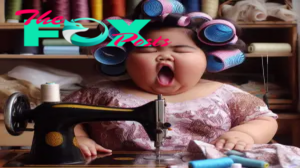
 Lifestyle18m ago
Lifestyle18m agoArtful transformation: The seamstress’s skillful and agile transformation makes our hearts flutter
-

 Lifestyle18m ago
Lifestyle18m agoFascinated by the extremely eye-catching flowing hair of the 3-year-old boy, like a little prince coming out of a lovely fairy tale book.
-
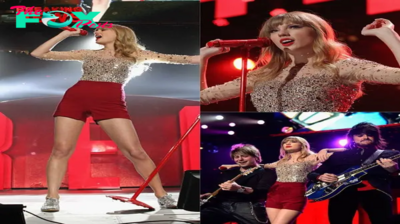
 Lifestyle23m ago
Lifestyle23m agoSensational Swiftmas: Taylor Swift Shines Bright at Z100’s Jingle Ball. nobita
-

 Lifestyle1h ago
Lifestyle1h agoMotaz Azaiza reminds world that Palestinians are 'human'
-
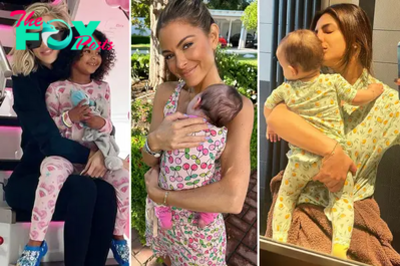
 Lifestyle2h ago
Lifestyle2h agoSave up to 75% on the budget-friendly kids’ clothes celebrity moms swear by
-

 Lifestyle2h ago
Lifestyle2h agoGet Alix Earle’s hairstyling hack for under $8 right now
